|
A Normal Vitamin D Level
- How to Achieve It
A normal Vitamin D level is important for your health. Do you even know what yours is? Up to 50% of the world's population is deficient in Vitamin D. If you live north of 35 degrees north latitude or south of 35 degrees south latitude then from November to February your skin will produce very little Vitamin D even if you are outside on a sunny day - the sun is just too low in the sky.
And many people do not get enough sunlight even when the sun is strong. A sunscreen with an SPF factor of 15 or more decreases Vitamin D synthesis in the skin by up to 99%. And, it is now well known that Vitamin D is important in preventing many cancers including skin cancer.
Vitamin D deficiencies have been linked to heart disease, obesity, diabetes, osteoporosis, arthritis, cancer, and more. Vitamin D is important in preventing osteoporosis because it is needed to enable calcium absorption in the gut to maintain bone formation.
Vitamin D is naturally made in our bodies when our skin is exposed to sufficiently-strong sunlight and may also be obtained through diet but from only a small number of whole-food sources, mostly of animal origin.
Barriers to having a normal vitamin D level
- Reduced skin synthesis
- Season, latitude, time of day
- Skin pigment
- Sunscreen use
- Aging
- Decreased bioavailability
- Obesity
- Malabsorption
- Crohn's disease
- Gastric bypass
- Cystic fibrosis
- Decreased synthesis of calcidiol (precursor)
- Liver failure
- Hyperthyroidism
- Decreased synthesis of calcitriol (active form)
- Kidney failure
A normal vitamin D level is now so uncommon in North Americans and deficiencies are being linked to so many health problems that endocrinologists are now recommending a daily consumption from 1,500 to 2,000 IU a day for adults at risk (Journal of Clinical Endocrinology and Metabolism, July 2011, 96[7]). A person's blood should contain at least 30 ng/mL or more of 25(OH) D (the active form of vitamin D in the body) and 50 ng/mL for optimum health. The average blood serum levels for Americans is only 25 ng/mL.
Recommendations for vitamin D intake are high due to the fact that even large doses have only a small effect on blood serum levels. If a healthy individual has an intake of 1,000 IU of vitamin D per day for at least three weeks, their blood serum will rise by about 10 ng/mL. This increase can be maintained with an intake of 1,000 IU of vitamin D daily.
So what is a good source to attain a normal vitamin D Level?
Many people find the commonly-available source of D3 to be unacceptable as this image shows:
Are there any good vegetarian sources of vitamin D?
It turns out that various species of mushrooms produce ergocalciferol which is the plant equivalent of the cholecalciferol available from sources such as sheep's wool. Both are transformed by the liver into calcidiol the form commonly measured in the blood and then into the active form cacitriol by the kidneys as needed.
But is vitamin D2 as good as vitamin D3?
Both vitamin D2 (ergocalciferol) and D3 (cholecalciferol) have been scientifically proven to be effective in raising blood serum levels of 25(OH)D. The value of vitamin D2 from mushrooms has was confirmed in a 2011 study which found that the bioavailability of vitamin D2 from button mushrooms was as effective at maintaining vitamin D concentrations as synthetic D2 supplements. Additionally, a pair of studies performed in 2008 and 2010 concluded that the effectiveness of vitamin D2 supplementation was equal to that for vitamin D3.
The following diagram shows the metabolic pathways for the various forms and precursors of Vitamin D.
Note that the increase in blood levels is for an intake of 1,000 IU per day for 3 weeks
Introducing a new product from AIM - Veggie D
Veggie D is one of the few vegan, whole-food sources of vitamin D2. The vitamin D2 in Veggie D is from domestically-grown and processed shiitake and button mushrooms. Wild mushrooms are exposed to natural sunlight and average 400 IU of vitamin D2 per three ounces. Most domestically-grown mushrooms have no exposure to natural sun light and average about 10 IU of Vitamin D2 per three ounces. The mushrooms used in the Veggie D formula are exposed to a specific, low-energy spectrum of UVB light with the same wavelength from the sun that converts cholesterol in our skin to vitamin D3 (cholecalciferol). This UVB light naturally creates vitamin D2 in the flesh of the mushrooms.
The whole-food benefits of Veggie D's mushroom source include beta-glucan and chitin-glucan (cholesterol reduction and immunity), glucosamine (joints and wound healing), chitosan (weight loss), eleven minerals, flavanoids, lignans (antioxidants), phenolic acids (antioxidants), and conjugated linoleic acid (weight loss).
Additional benefits and ingredients
Veggie D also contains twelve vegetables powders including lycopene- rich tomatoes. Lycopene is the pigment that gives tomatoes and other fruits and vegetables their red color. The pigment acts as an antioxidant in the human body, protecting against free-radical damage.
Read more about the benefits from these additional ingredients on the downloadable
Veggie D Data Sheet (PDF-format)
With Veggie D you can soon have a normal vitamin D level even if you can't get enough sun exposure.
Shop for
Veggie D
and other AIM Nutritional Products.
Also, read more about the
benefits of vitamin D
and various
vitamin D food sources.
|



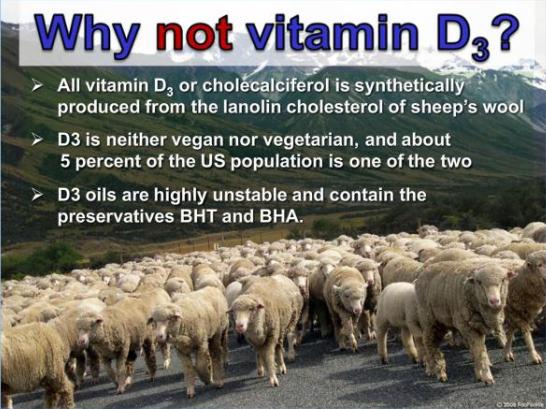
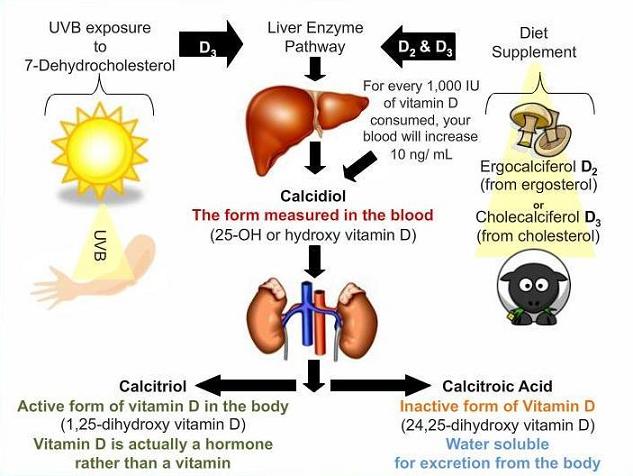
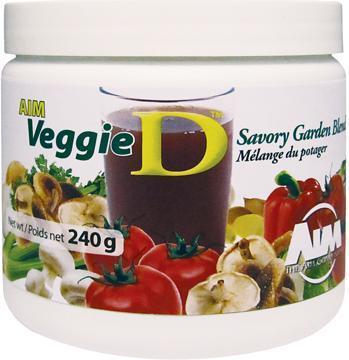
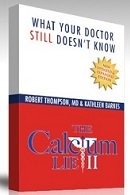

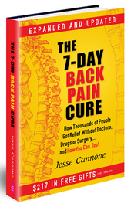



New! Comments
Have your say about what you just read! Leave me a comment in the box below.